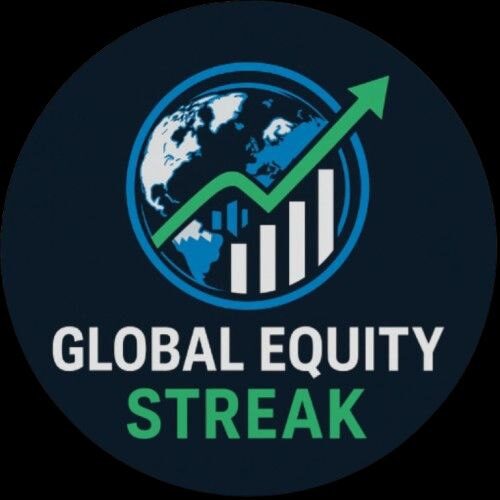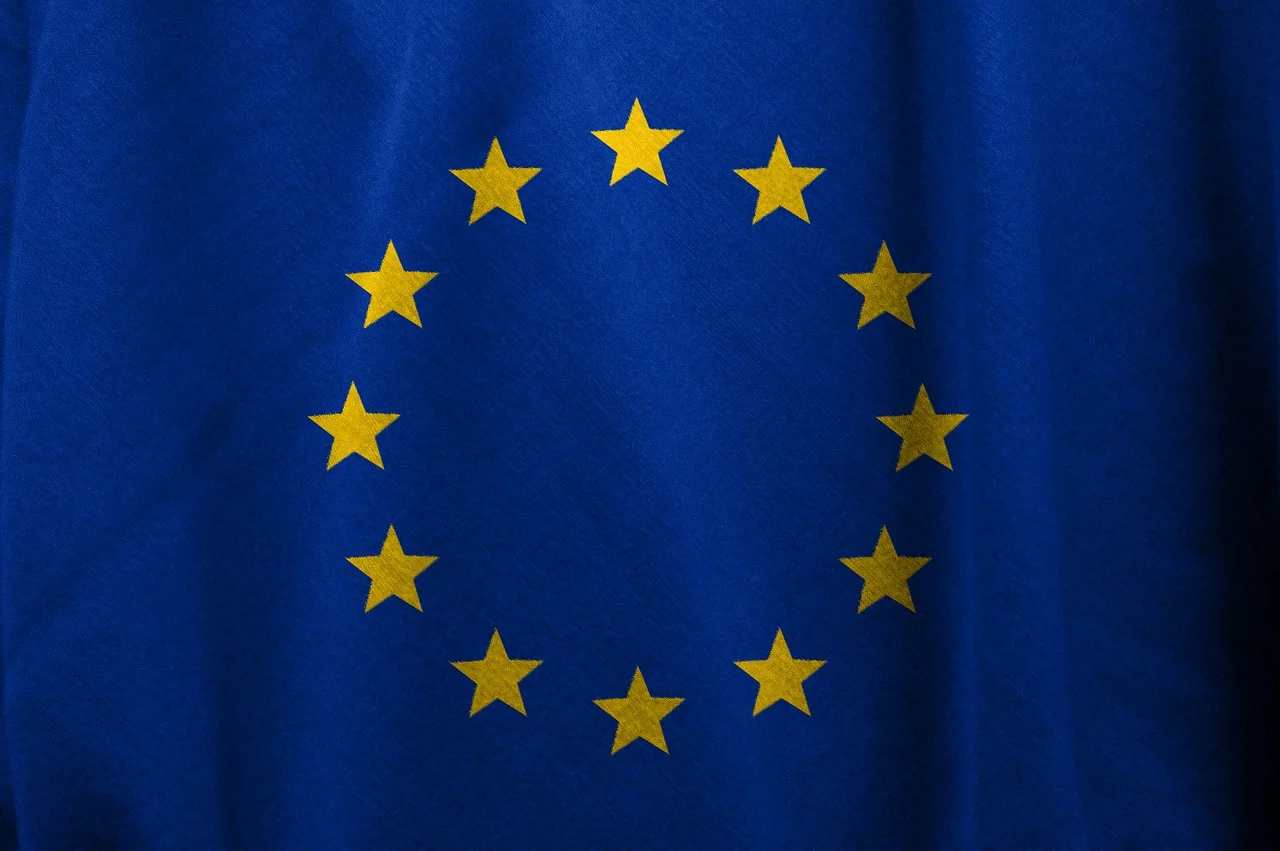The European Union is on high alert after U.S. President Donald Trump’s summit with Russian President Vladimir Putin in Alaska on August 15, 2025, failed to secure a breakthrough in the Russia-Ukraine war. The inconclusive talks triggered an urgent restricted-format meeting of all 27 EU ambassadors on August 16, reflecting fears of being sidelined in peace negotiations that could reshape Europe’s security landscape. Trump has pushed for a comprehensive peace agreement instead of a temporary ceasefire, while Ukrainian President Volodymyr Zelenskyy has agreed to travel to Washington for further talks.
European Union In Panic
On August 15, 2025, U.S. President Donald Trump met Russian President Vladimir Putin in Alaska to discuss possible pathways to end the ongoing Russia-Ukraine war, which began with Russia’s full-scale invasion in February 2022. The summit, held at Joint Base Elmendorf-Richardson, did not produce a diplomatic breakthrough, according to Politico.
Following the inconclusive Alaska meeting, Trump engaged in intensive outreach with Western leaders. On August 16, he held a call with Ukrainian President Volodymyr Zelenskyy, European Commission President Ursula von der Leyen, and leaders from France (Emmanuel Macron), Germany (Friedrich Merz), the UK (Keir Starmer), NATO (Mark Rutte), Finland (Alexander Stubb), Poland (Karol Nawrocki), and Italy (Giorgia Meloni).

Trump later announced on Truth Social that discussions focused on achieving a comprehensive peace agreement, not just a temporary ceasefire. In his words, “the best way to end the horrific war between Russia and Ukraine is to go directly to a Peace Agreement, which would end the war, and not a mere Ceasefire Agreement, which often times do not hold up.” Zelenskyy publicly welcomed the idea of a trilateral U.S.-Ukraine-Russia meeting and confirmed he would travel to Washington, D.C., on August 18 to meet Trump.
The Urgent EU Ambassadors’ Meeting
Politico reported that, in response to these developments, European Union diplomats convened an extraordinary meeting on August 16, 2025. Ambassadors from all 27 EU member states met in a “restricted format,” with no aides or phones allowed, underscoring the high sensitivity of the discussion.
The meeting focused on the European Union’s next steps after Trump’s debriefing on his talks with Putin. Officials expressed deep concern that decisions about Ukraine’s future could be made without sufficient European input, potentially reshaping not only Ukraine’s fate but also the broader European security architecture.
European Unease with Trump’s Approach
European capitals have voiced unease about the Alaska summit, particularly because Ukraine was not initially invited. Although Trump’s administration conducted pre-summit consultations with NATO and the European Union, many leaders fear that Europe could still be sidelined. During a virtual summit earlier in August, Trump assured allies he would not impose territorial exchanges without Kyiv’s consent. Still, skepticism remains, given Putin’s history of manipulating negotiations to achieve strategic goals.
The EU fears that Russia could exploit the talks to consolidate control over occupied Ukrainian territories and derail Ukraine’s ambitions for European Union and NATO membership.
Key Points of Concern for the European Union
- Ceasefire vs. Peace Agreement:
European leaders insist that a ceasefire must precede any discussions on territorial arrangements. They also demand “ironclad security guarantees” for Ukraine, stressing that Russia should not have veto power over Ukraine’s integration into the EU or NATO. - Territorial Integrity:
The European Union maintains it will not recognize any Ukrainian territory as legally Russian, consistent with its long-standing stance on Crimea since 2014. While Kyiv might consider temporary compromises, European leaders doubt Russia’s willingness to withdraw from occupied lands, citing precedents in Transnistria, Abkhazia, and South Ossetia. - EU’s Role in Negotiations:
Brussels is scrambling to assert relevance, fearing decisions will be made by Washington and Moscow without it. The August 15 summit caught the EU off guard, leading to urgent diplomatic consultations with U.S. Vice President J.D. Vance and Ukrainian Foreign Minister Andriy Sybiha. - Internal EU Divisions:
Hungary continues to undermine a unified European Union approach, pushing for an EU-Russia summit and blocking Ukraine’s European Union accession path. These divisions weaken Europe’s leverage in shaping outcomes. - Security Guarantees and NATO:
Both the EU and Ukraine are pushing for binding security commitments. However, Trump has hinted that any U.S. guarantees would likely fall outside NATO’s framework, fueling concerns in frontline states like Poland, Finland, and the Baltic nations.
Europe’s Strategic Dilemma
The restricted-format ambassadors’ meeting highlights Europe’s effort to balance confidentiality, unity, and strategic positioning amid rapidly shifting U.S.-Russia diplomacy. The EU’s limited military leverage compared to Washington and Moscow leaves it vulnerable to being overshadowed, even as it insists on Ukraine’s sovereignty and security.
While Trump appears open to bold compromises—including ideas of land freezes or territorial arrangements—Zelenskyy has firmly rejected such concessions, especially in Donbas. This gap could complicate any peace plan.
Broader Geopolitical Implications
The EU’s anxiety is heightened by several factors:
- Internal fractures (Hungary’s dissenting role) that undermine EU unity.
- Trump’s ambivalence toward NATO, raising fears about U.S. security commitments.
- Putin’s track record of exploiting diplomatic platforms, such as the 2018 Helsinki Summit.
- Timing of the talks, coming just months before the February 2026 expiration of the New START nuclear treaty. Analysts warn that Trump and Putin might prioritize arms control or economic deals, potentially at Ukraine’s expense.
Critical Analysis
While the description of Europe being “in a state of panic” may exaggerate the tone, the EU’s urgent response reflects a mix of alarm and strategy. European leaders are determined to ensure their voice is heard, yet they face real risks of marginalization. With Trump pressing for a direct peace agreement and Putin seeking to cement territorial gains, the European Union must navigate a precarious position—balancing solidarity with Ukraine against the unpredictability of U.S.-Russia diplomacy.
Disclaimer: This article is based on recent reports and diplomatic updates as of August 16, 2025. Developments are ongoing, and further information may change the geopolitical outlook.

